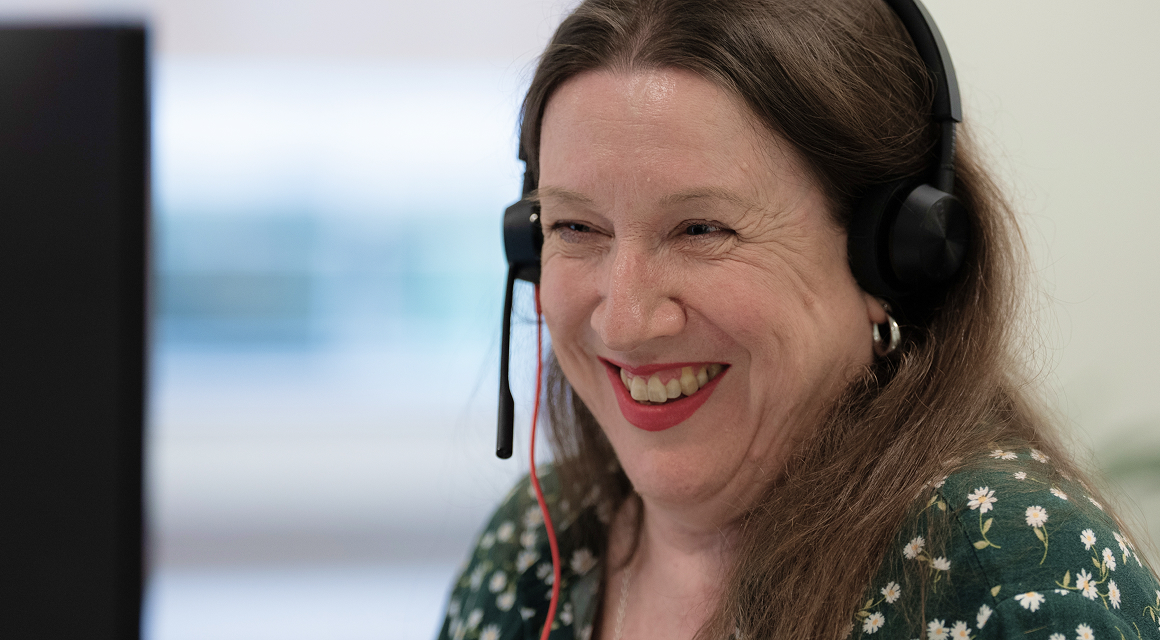Suggested Search
Thinking about opening an SMSF?
Choosing how your super is invested is up to you. If you’re looking to take a hands-on role in managing your retirement savings, and are willing to take on extra responsibilities, an SMSF could be a good option to consider. A financial adviser can help you make an informed decision about whether an SMSF is right for you.

Is an SMSF the right option for you?
An SMSF could offer greater control over your investments, giving you the flexibility to develop your own super strategy and make investment decisions that suit your goals.
Some Australians choose an SMSF because it gives them access to investments that traditional super funds may not provide. With an SMSF, investments can include property, direct shares, crypto, and more.
However, starting an SMSF isn’t for everyone. It requires careful consideration of your retirement objectives, the time you’re willing to commit, and your level of financial expertise.
Why choose Colonial First State for your SMSF?
Complement your SMSF investment strategy with a FirstChoice Wholesale Investment account that gives you the control and flexibility of managing your own fund, while leveraging our 35 years of experience.

Investment choice
Diversify your SMSF portfolio with 200+ investment options and 70+ leading fund managers across all major asset classes.

Strong performance
We’re committed to helping you achieve your retirement goals by focusing on strong performance¹ for your SMSF investment account.

Low minimum investment
Start investing with just $1000. Then add to your account with one-off payments or set up a regular monthly investment plan.
Everyone’s financial situation is different. Before you join make sure to read the Product Disclosure Statement (PDS) and Target Market Determination (TMD) to help you decide if this product is right for you. Please also consider contacting a financial adviser to help with your decision.

Other ways to invest your super
Deciding how to invest your super is up to you. If you don’t have the time and expertise to manage your own super, you can still take control of your investment decisions without rolling over to an SMSF.
Our ‘Choose Your Own’ option lets you build your portfolio from over 200 investment choices, including diversified funds, single-asset options, and more. Alternatively, If you want us to do all the hard work for you, our ready-made Lifestage option could be right for you.
What to do if you need help
If you need help setting up your SMSF, you can visit the ATO website.
If you’d like assistance opening a FirstChoice Wholesale Investment account for your SMSF, our Customer Guidance team is here to help. We can also connect you with more comprehensive financial advice options if that’s what you’re looking for.

SMSF Updates, News & Insights
Stay informed to help reach your financial goals.
Frequently asked questions
A self-managed super fund (SMSF) is a type of superannuation fund that you establish and manage yourself. It can have up to six members, and each member is typically required to act as a trustee or director of a corporate trustee.
As trustees, the members are responsible for every aspect of running the fund. This includes making all investment and insurance decisions, as well as ensuring the fund meets its tax, reporting, and compliance obligations.
While an SMSF offers greater control over your retirement savings, it also comes with added complexity, time commitments, legal obligations, and the need for specialist knowledge. For this reason, it’s important to carefully consider all your options before deciding.
One of the main considerations when establishing an SMSF is how much it will cost to set up and run the fund compared to other types of super.
The set-up costs are for registering your SMSF and preparing the necessary documents to make your fund compliant, such as establishing the trust deed and investment strategy for the fund. Additional costs may be applicable if you wish to set up a company to act as trustee for the fund. Many people engage an SMSF administration service provider to help them with all this.
On top of that, you’ll also have ongoing costs and expenses. This may include:
- annual supervisory levy paid to the ATO
- administration and accounting costs for your financial statements and tax return
- auditing costs
- investment or financial advice costs
- insurance premiums
- interest expenses
- management and administration expenses, and
- legal advice costs if you have any specific legal requirements, such as complex estate planning requirements.
The cost to set up and maintain an SMSF can vary substantially depending on the size of your fund, what the fund is invested in and how often you buy and sell assets. While an SMSF can be cost competitive with other fund types, they can also be more expensive, particularly if you only have a small balance to start with.
Generally, anyone can be a member of an SMSF. However, to be a trustee (or a director of a corporate trustee) of an SMSF, you must:
- be at least 18 years old
- not have a legal disability that makes you incapable of making your own financial decisions, and
- not be bankrupt, insolvent, convicted of an offence involving dishonesty, or meet one of the ATO’s other definitions of being a disqualified person
If you elect to set up a company to act as trustee for your fund you will also need to be appointed as a director of the company and apply to be issued with a Director Identification Number. See the ATO website for more details.
Yes, but it isn’t as simple as transferring money from your super into a regular home loan. There are strict rules, legal requirements, and risks you need to consider.
Buying property through your SMSF often means borrowing money, because most people don’t have enough super to pay for a property outright. Learn more with our complete guide to property investing with an SMSF.
Closing an SMSF requires careful planning to meet legal and tax obligations. All trustees must agree to close the fund and notify the ATO within 28 days. You’ll need to review the trust deed, sell assets at market value, settle any outstanding liabilities or taxes, and complete and lodge any final reports, such as the fund's final annual tax and compliance return, with the ATO. An approved SMSF auditor must complete a final audit before you lodge your last annual return.
If your SMSF had a corporate trustee, it generally must be deregistered with ASIC, and the ATO will cancel the fund’s ABN. Trustees should keep records in compliance with legal obligations after closing the fund. It’s recommended you seek professional advice as the process can be complex and errors may lead to penalties.
Once everything’s finalised, the balance of your SMSF can be transferred to your chosen super account, such as FirstChoice Super.
The above information should not be considered as legal, financial, tax or any other type of advice. This information may include general advice but does not consider your individual objectives, financial situation, needs or tax circumstances. You should read the relevant Product Disclosure Statement (PDS), Financial Services Guide (FSG) and Target Market Determination (TMD) carefully, assess whether the information is appropriate for you, and consider talking to a financial adviser before making an investment decision.
We're here to help
Get in touch
Get in touch with us online or call us 8:30am to 6pm (Sydney time) Monday to Friday.
Find the right advice option
Our dedicated team can help you choose from a range of different financial advice options.
Download mobile app
Track your balance and see your transaction history from anywhere.
¹ Source: CFS Research & Performance data as at 30 April 2025 for options in FirstChoice Wholesale Investments.
Past Performance is not a reliable indicator of future performance.
Avanteos Investments Limited ABN 20 096 259 979, AFSL 245531 (AIL) is the trustee of the Colonial First State FirstChoice Superannuation Trust ABN 26 458 298 557 and issuer of FirstChoice range of super and pension products. Colonial First State Investments Limited ABN 98 002 348 352, AFSL 232468 (CFSIL) is the responsible entity and issuer of products made available under FirstChoice Investments and FirstChoice Wholesale Investments.
Information on this webpage is provided by AIL and CFSIL. It may include general advice but does not consider your individual objectives, financial situation, needs or tax circumstances. You can find the target market determinations (TMD) for our financial products at https://www.cfs.com.au/tmd which include a description of who a financial product might suit. You should read the relevant Product Disclosure Statement (PDS) and Financial Services Guide (FSG) carefully, assess whether the information is appropriate for you, and consider talking to a financial adviser before making an investment decision. You can get the PDS and FSG at www.cfs.com.au or by calling us on 13 13 36.





